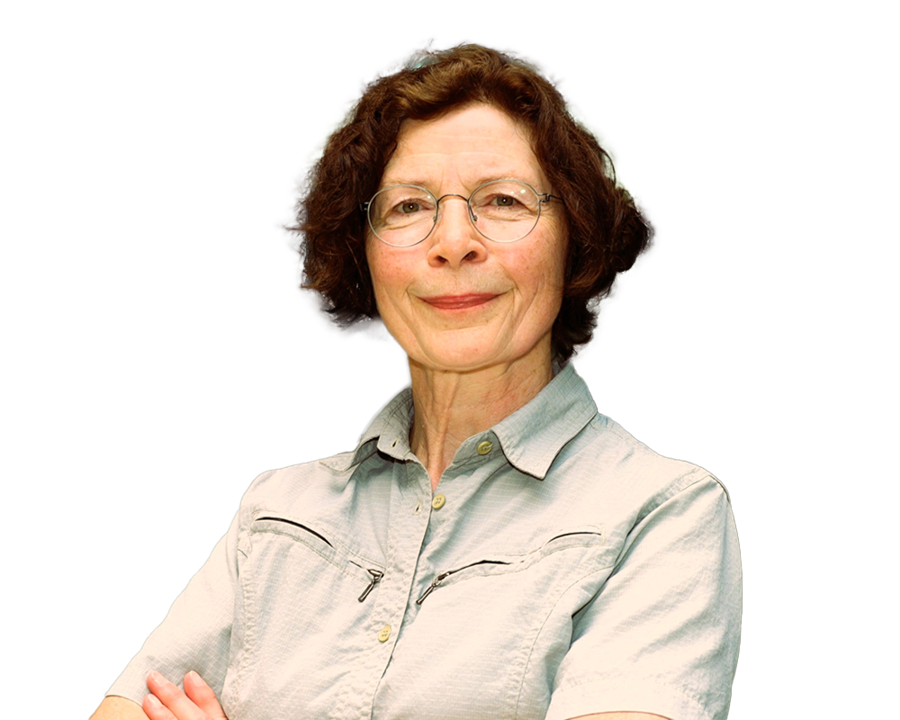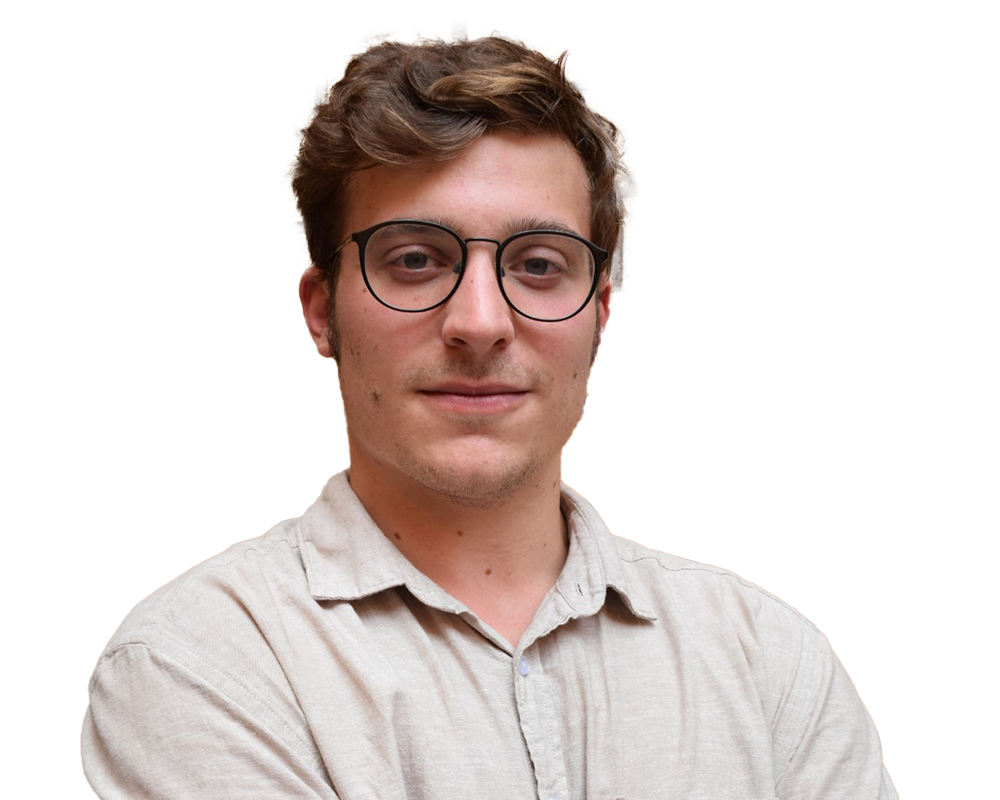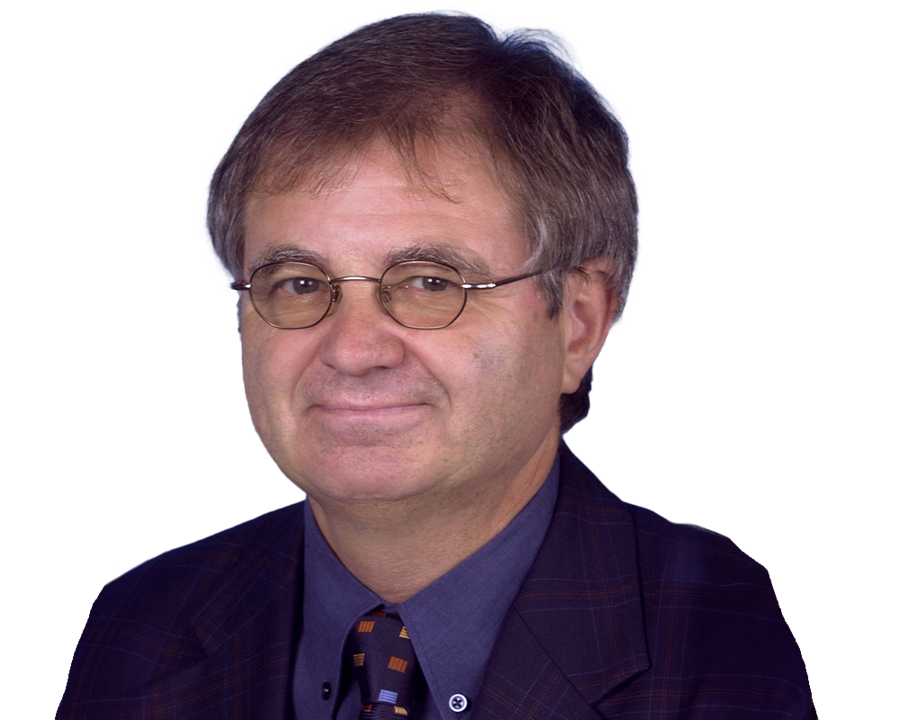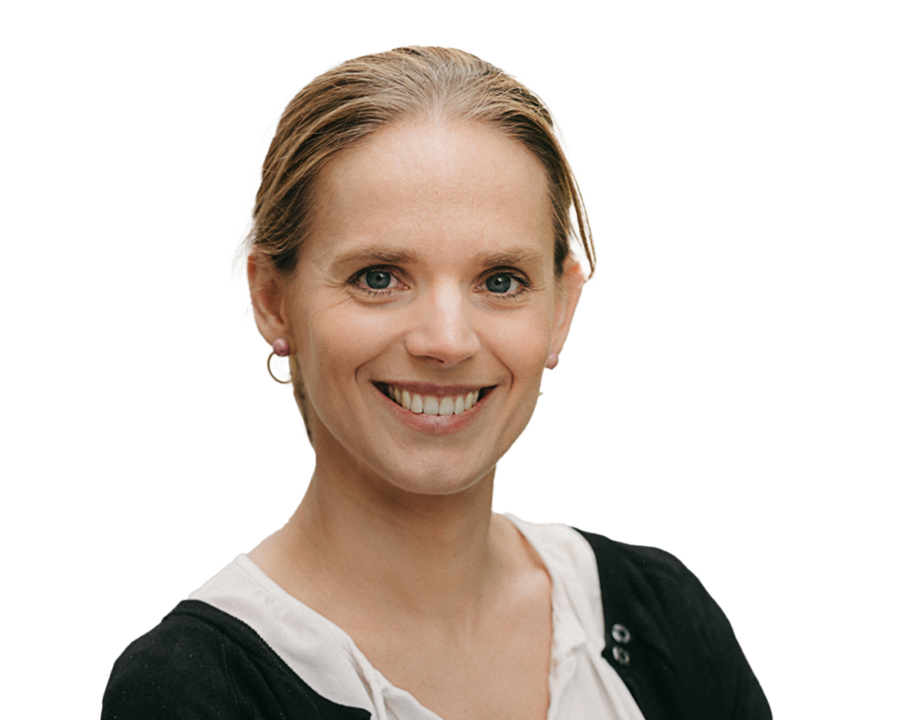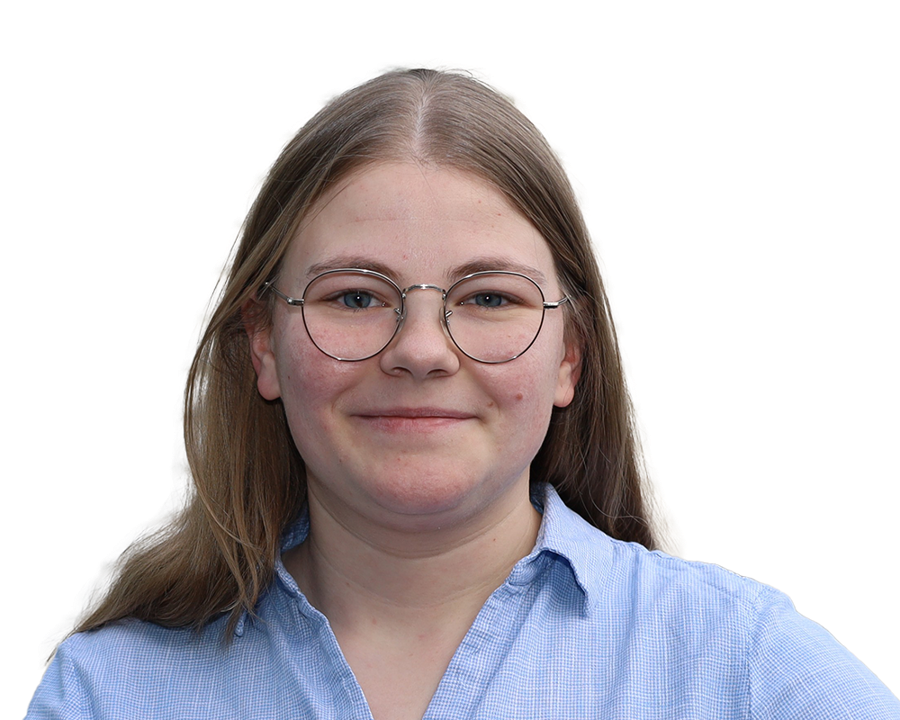The project aims to develop a skin healing living gel patch containing probiotic bacteria (PB) that control skin pathogens and functional rod-shaped microgel-based 3D scaffolds (MAPs). Both the PB and microgels aim to mutually influence each other. The PB will be genetically modified to improve antimicrobial efficacy and strictly confine their survival on the MAPs. The rod-shaped microgels will be produced via microfluidics or in-mold polymerization and their properties like stiffness, reactivity, biomodification, route for interlinking and introduction of responsiveness to external signals will be systematically varied to investigate their influence on the growth of the bacteria, diffusion of nutrients and production and release of bacteriocins. Selected interactive and responsive rod-shaped microgels will be injected with the engineered PB to form a MAP scaffold inside a commercial outer membrane encasing (semipermeable on one side, similar to the patented “ProbioPad”) to analyze the efficacy on infected ex vivo skin models. Furthermore, we aim to replace the solid membrane by a softer, mechanically flexible hydrogel film containment with a composition and mesh size to restrict PB escape.

Team
Principle Investigator
Macromolecular Materials and Systems
DWI – Leibniz-Institute for
Interactive Material, Aaachen
Associated PhD Student
Macromolecular Materials and Systems
DWI – Leibniz-Institute for
Interactive Material, Aaachen
Associated PhD Student
Macromolecular Materials and Systems
DWI – Leibniz-Institute for
Interactive Material, Aaachen
Co-Investigator
DWI – Leibniz-Institute for
Interactive Material, Aaachen
Principle Investigator
Head, Advanced Materials for Biomedicine
DWI – Leibniz-Institute for
Interactive Material, Aaachen
PhD Student
Advanced Materials for Biomedicine
DWI – Leibniz-Institute for
Interactive Material, Aaachen
PostDoc
Advanced Materials for Biomedicine
DWI – Leibniz-Institute for
Interactive Material, Aaachen

